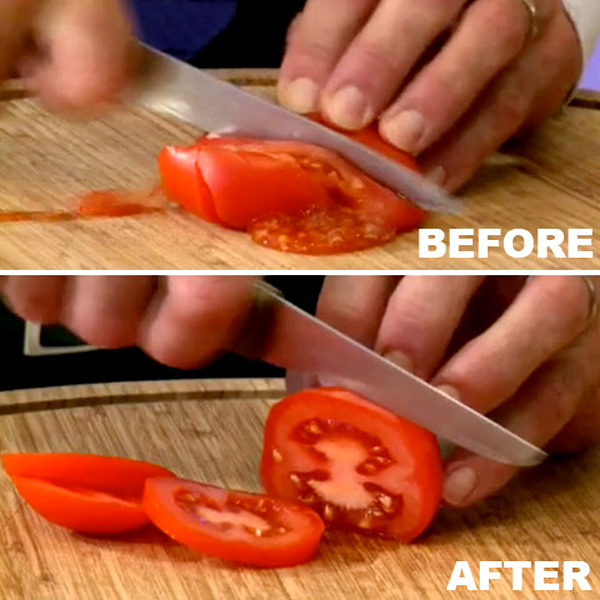Here, in his introduction, Alter spells out clearly what nearly everyone in any field at some point attempts in their writing.
After three chapters on the system of biblical verse, I try to extend and refine my generalizations by applying them to major poetic texts, and through such applications to see something of the difference poetry makes in the Bible. I have not attempted a comprehensive treatment of every subgenre of biblical poetry or of all the various poetic insets in the narrative books, but the main genres and texts – psalms, prophetic poetry, Wisdom poetry from Job to Proverbs, love poetry – are all scrutinized. Indeed, one of the many gaps in the understanding of biblical poetry is a failure of those who generalize about it to make sufficient distinctions among genres, and this study represents an initial effort to correct that tendency of amalgamation.
-Robert Alter, The Art of Biblical Poetry, p.ix
That last sentence could be rewritten for a thousand topics:
Indeed, one of the many gaps in the understanding of _______ is a failure of those who generalize about it to make sufficient distinctions among ______, and this study represents an initial effort to correct that tendency of amalgamation.
Man is always categorizing things. That’s how our minds work. It’s utterly natural. It’s the only way our brains can contain larger ideas. Our memories can’t hold and manage a deluge of details, so we have to name things (like Adam). Go us! But there is the rub. Close inspection finds that we are always grouping things too hastily or in too large of groups. Depending on the context, these categories may be helpful, but that can suddenly turn out to backfire on us and derail our thinking when they are not done carefully. In Alter’s case, he is annoyed at the number of bible scholars who group all poetry in the Bible in one bucket and talk about it as if it has this or that characteristic or meaning. Good job distinguishing the poetry in the bible from the other things, but that’s not far enough. The same may be said for a doctor who throws all children with autism under the same heading, or an agronomist studying a fertilizer technique and only distinguishing between “trees” and “flowers”, and not making more meaningful slices and calling things “grasses”, “broad-leafs”, “vines”, “evergreens”, etc.
It seems nearly every well-done academic study should start out with this plain statement: I am writing this book because you are using too blunt an instrument. Let me introduce you to some sharper tools. Watch me use them for a while to see how nicely they slice, dice, and explain. At least, that is the sort of study I want to read. N.T. Wright’s big books follow this style very well. In doing so, most of the really useful stuff is up front where he lays out and sharpens the tools. In the later chapters, you get see them at work and learn by example. Wright’s popular books, on the other hand, take a meandering and narrative approach. He tries to engage his reader with potent thoughts early on. He often doesn’t tell you where he’s going and sometimes, it’s not entirely clear when he’s arrived (or if he ever does arrive!). A popular work like Blue Like Jazz also falls into this category.
I’m not going to say one is better than the other. Both of them can be done well or poorly. Certainly, the context of the reader (who is reading it) will determine which is most effective. I have found that in my learning and persona reading, I greatly prefer the former. I think it’s worth noting that the presence of highly technical language doesn’t determine which is which. Some memoirs are awash in jargon. Some plain academic studies are surprisingly easy to read, even for an outsider.
What am I trying to say? It’s not that I dislike one or the other so much. Many academic-style studies are terrible. What makes the difference? (Besides the obvious – writing skill, force of argument, etc.) I think it’s the part where they show how the sausage is made. I don’t like being in the dark about what the author is doing. I like to see under the hood of the machine, not just watch the machine work. The “making of” is often better than the movie.

